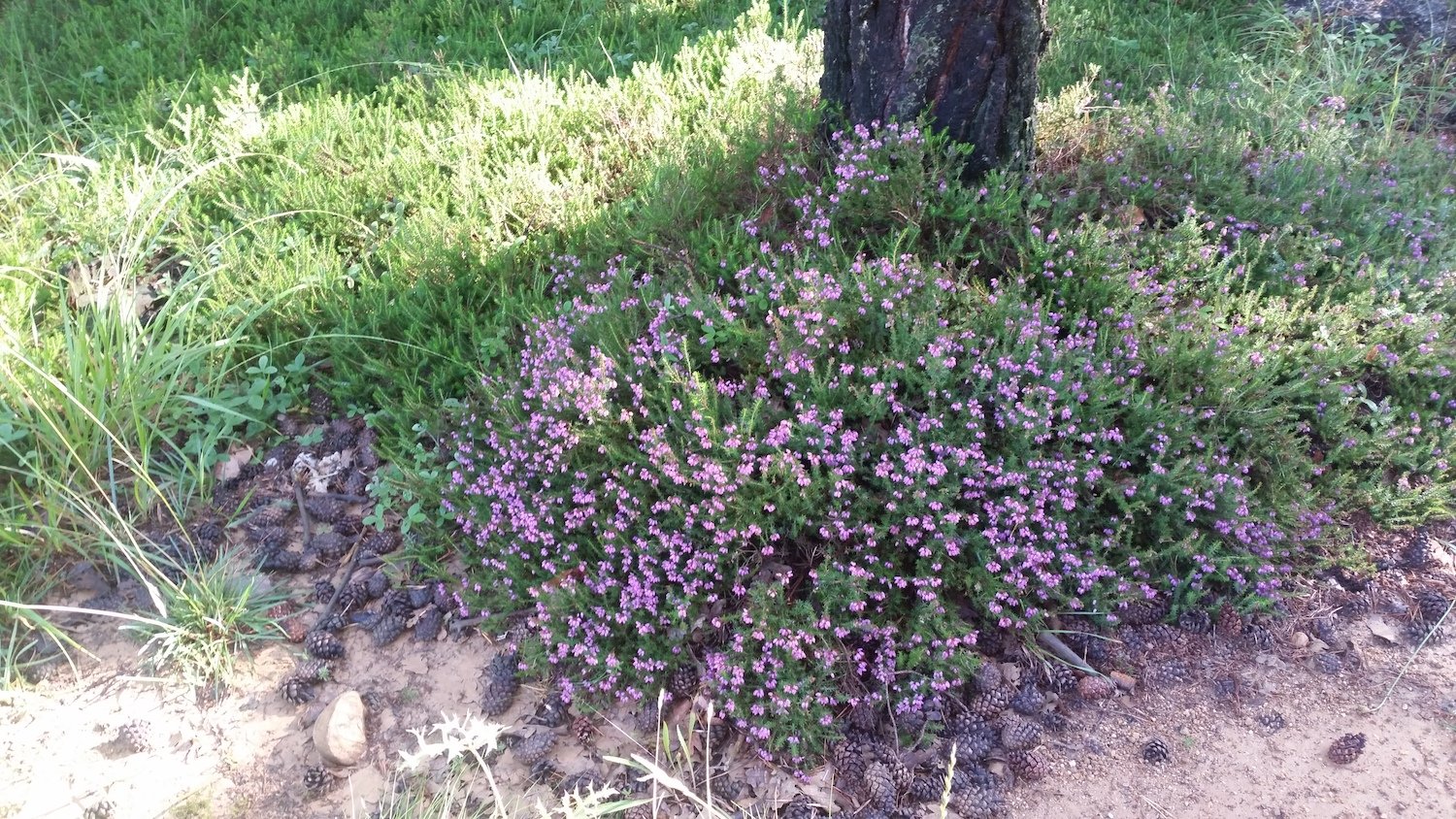Since clearing the Pyrénées, our experience of Spain was defined by the Ebro River basin. This was about to change.
The Ebro Basin is Spain’s largest and longest river valley, measuring nearly 33,030 square miles in size. Geologists tell us that this valley was once submerged and that seawater flowed between the Atlantic Ocean (Bay of Biscay) and the Mediterranean Sea. Original image from here (accessed 12/28/2021).
We walked to the corner of that basin (via Logroño), climbed over the watershed of the Sistema Ibérico, and descended in the direction of Burgos.
The Sistema Ibérico or “Iberian System” is a mountain chain located in central Spain. It is hardly “systematic,” but geologically complex, defying generalizations about structure and composition. For our simple purpose, the Sistema Ibérico isolates the Ebro River Valley from Spain’s central plateau, the Meseta.
One finger of “the System” extends to the northwest. Because of its proximity to the ancient Roman village of Auca (or Oca), that finger is nicknamed Montes de Oca. In this context, montes should not be understood as “mountains” but as a desolate and hilly scrubland.* We crossed the watershed in the montes.
When we hit the trail, the sauwetter of the previous day had blown elsewhere. It left a muddy wake. The climb out of Villafranca Montes de Oca was steep and slippery. It might have been better had we not taken a wrong turn (my bad, Bob!).
Eventually, we rejoined the path and found ourselves enveloped by forest.
Three modest ridges awaited, each slightly higher than the one before. None were over 4,000 feet.
Bob on the trail through the Montes de Oca, a finger of the Sistema Ibérico.
I should have looked at the guidebook more carefully (obviously). I had hoped to find a stop somewhere along the way for a cup of coffee. As it turned out, by the time we got un-lost we were in the thick(et) of it. It was a coffee-less trek through ten miles of oak, pine, mud, and flies. Pine pollen kicked Bob’s allergies in the head. My need for morning caffeine kicked me into a headache.
Of course, it could have been worse.
Small flowers at the base of a tree.
A story is told of a group of travelers, who, like us, ovenighted in Villafranca Montes de Oca. When they woke up, they discovered that one of their group was missing, as was the bag of bread crusts that represented all that they had to eat. The men went looking in the woods for their companion and found him in a bad way: choking to death. Apparently, the thief had tried to soften the hard bread with the water from a spring. But halfway through the act, the spring suddenly quit flowing. He didn’t have the spit to swallow! If not for the timely arrival of his rescuers—who chose to save and not punish him for stealing—he would have died with the crust in his craw. Their merciful choice resulted in a miracle; the spring sprang afresh.**
Other stories of lost travelers, wild animals, and murderous gangs made our struggle with mud, pollen, and caffeine headaches seem rather petty.
The fountain called Mojapán was marked “no good for drinking.” Apparently, it’s been a site of choking for a long time. Image from here (accessed 12/29/2021).
We descended to the tiny hamlet of San Juan de Ortega. The guidebook described it as home to 18 residents. We were thrilled because one of them opened a bar. Inside, we found fresh coffee and empanadas waiting.
With the mountains and wood behind us, a fresh phase in our journey was about to begin.
¡Buen Camino!
The forest was thick and unrelenting.
*See D. M. Gitlitz and L. K. Davidson, The Pilgrimage Road to Santiago (St Martin’s: 2000): 166.
**The legend of la Fuente Mojapán, as this story is known, is repeated in many places. One version, along with other miracle stories, is found here (accessed 12/28/2021).
A small oak rises rises in the Montes de Oca.
We have a full slate of Bible Land trips ready to launch in 2022. Check out a complete list by clicking here or peruse under the heading “Find your Trip.” For more information on how to join one of these trips or if you are interested in helping to craft a unique trip for your own group, church, or school, contact me at markziese@gmail.com.







